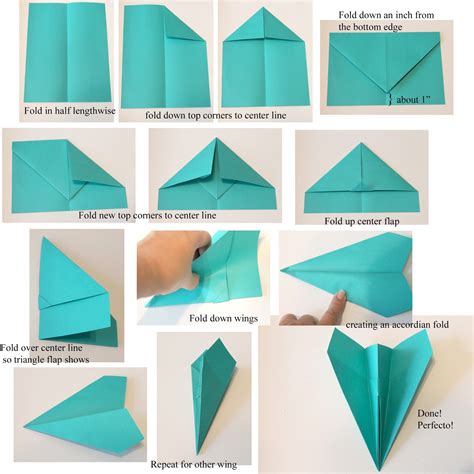Pretty printing dictionaries in Python can be a valuable tool for developers, data scientists, and anyone working with data structures. When dealing with complex and nested dictionaries, it can be challenging to visualize and understand the data. Python provides several ways to pretty print dictionaries, making it easier to work with and analyze data.
In this article, we will explore the different methods to pretty print dictionaries in Python, including using the `pprint` module, `json.dumps()`, and `yaml.dump()`. We will also discuss the benefits and limitations of each approach.
Method 1: Using the `pprint` Module
The `pprint` module is a built-in Python module that provides a capability to “pretty-print” arbitrary Python data structures, such as lists and dictionaries, in a well-formatted and readable way.
Here is an example of how to use the `pprint` module:
import pprint
data = {'name': 'John', 'age': 30, 'city': 'New York',
'hobbies': ['swimming', 'reading', 'coding'],
'address': {'street': '123 Main St', 'apartment': 4}}
pprint.pprint(data)
This will output:
{'address': {'apartment': 4, 'street': '123 Main St'},
'age': 30,
'city': 'New York',
'hobbies': ['swimming', 'reading', 'coding'],
'name': 'John'}
Customizing the `pprint` Output
The `pprint` module provides several options to customize the output, such as changing the indentation width and the number of spaces per indentation level.
Here is an example of how to customize the `pprint` output:
import pprint
data = {'name': 'John', 'age': 30, 'city': 'New York',
'hobbies': ['swimming', 'reading', 'coding'],
'address': {'street': '123 Main St', 'apartment': 4}}
pprint.pprint(data, width=50, depth=2)
Method 2: Using `json.dumps()`
The `json.dumps()` function is a built-in Python function that converts a dictionary to a JSON string. This can be useful for pretty printing dictionaries, especially when working with JSON data.
Here is an example of how to use `json.dumps()`:
import json
data = {'name': 'John', 'age': 30, 'city': 'New York',
'hobbies': ['swimming', 'reading', 'coding'],
'address': {'street': '123 Main St', 'apartment': 4}}
print(json.dumps(data, indent=4))
This will output:
{
"name": "John",
"age": 30,
"city": "New York",
"hobbies": [
"swimming",
"reading",
"coding"
],
"address": {
"street": "123 Main St",
"apartment": 4
}
}
Benefits and Limitations of `json.dumps()`
The benefits of using `json.dumps()` include:
- Easy to use and built-in Python function
- Produces JSON output, which is widely used and supported
The limitations of using `json.dumps()` include:
- Only works with data that can be serialized to JSON
- May not work well with complex or nested data structures
Method 3: Using `yaml.dump()`
The `yaml.dump()` function is a part of the PyYAML library, which is a YAML parser and emitter for Python. YAML is a human-readable serialization format that can be used to pretty print dictionaries.
Here is an example of how to use `yaml.dump()`:
import yaml
data = {'name': 'John', 'age': 30, 'city': 'New York',
'hobbies': ['swimming', 'reading', 'coding'],
'address': {'street': '123 Main St', 'apartment': 4}}
print(yaml.dump(data, default_flow_style=False))
This will output:
age: 30
address:
apartment: 4
street: 123 Main St
city: New York
hobbies:
- swimming
- reading
- coding
name: John
Benefits and Limitations of `yaml.dump()`
The benefits of using `yaml.dump()` include:
- Produces human-readable output
- Supports complex and nested data structures
The limitations of using `yaml.dump()` include:
- Requires the PyYAML library to be installed
- May not work well with very large data structures
Key Points
- The `pprint` module is a built-in Python module that can be used to pretty print dictionaries.
- The `json.dumps()` function can be used to convert a dictionary to a JSON string, which can be useful for pretty printing.
- The `yaml.dump()` function can be used to pretty print dictionaries in YAML format.
- Each method has its own benefits and limitations, and the choice of method depends on the specific use case.
What is the best way to pretty print a dictionary in Python?
+The best way to pretty print a dictionary in Python depends on the specific use case. The pprint module is a good choice for simple dictionaries, while json.dumps() and yaml.dump() may be more suitable for complex or nested data structures.
Can I customize the output of the pprint module?
+
Yes, the pprint module provides several options to customize the output, such as changing the indentation width and the number of spaces per indentation level.
Is json.dumps() suitable for pretty printing complex data structures?
+
json.dumps() may not be the best choice for pretty printing complex or nested data structures, as it can produce output that is difficult to read. In such cases, yaml.dump() or the pprint module may be more suitable.
